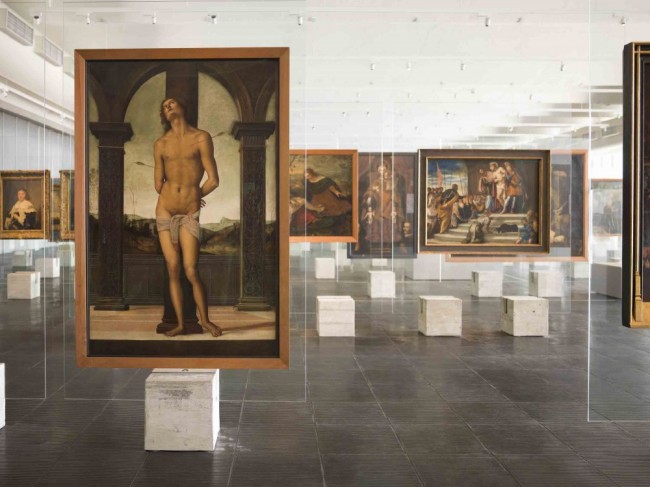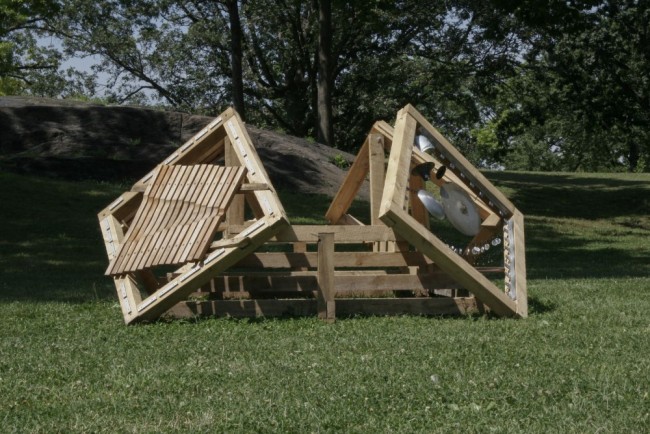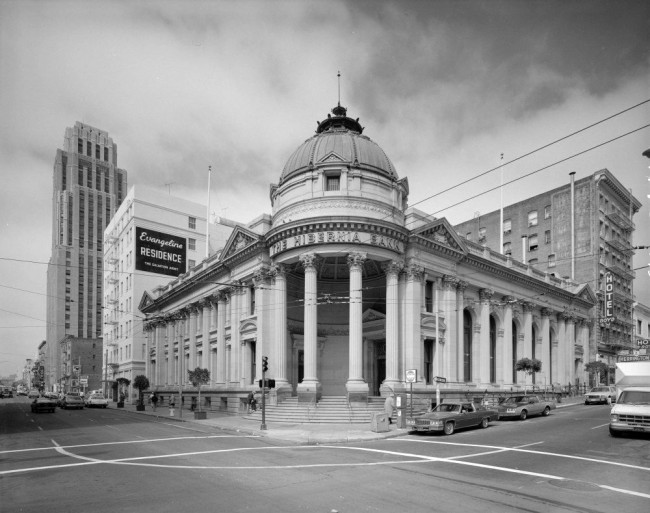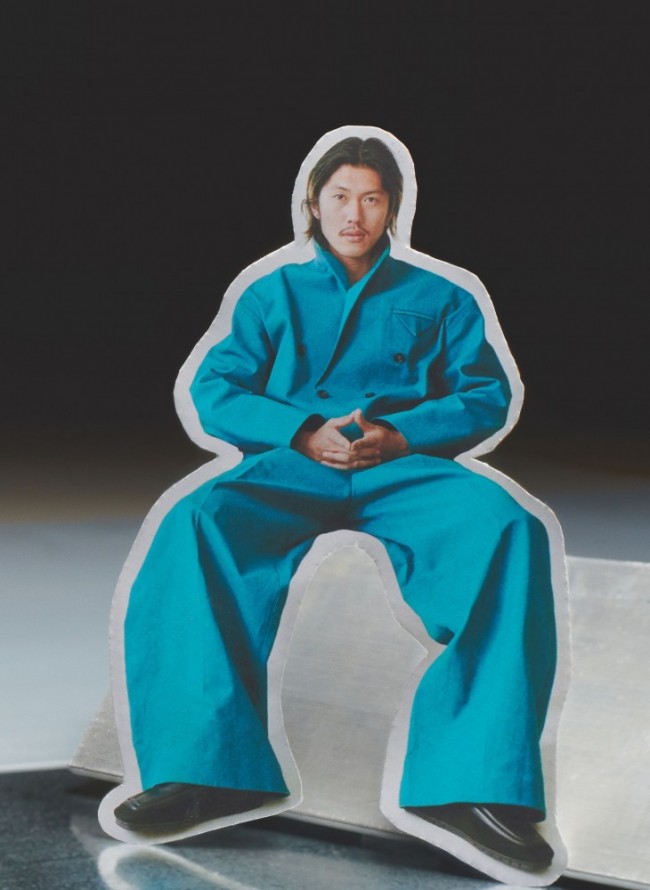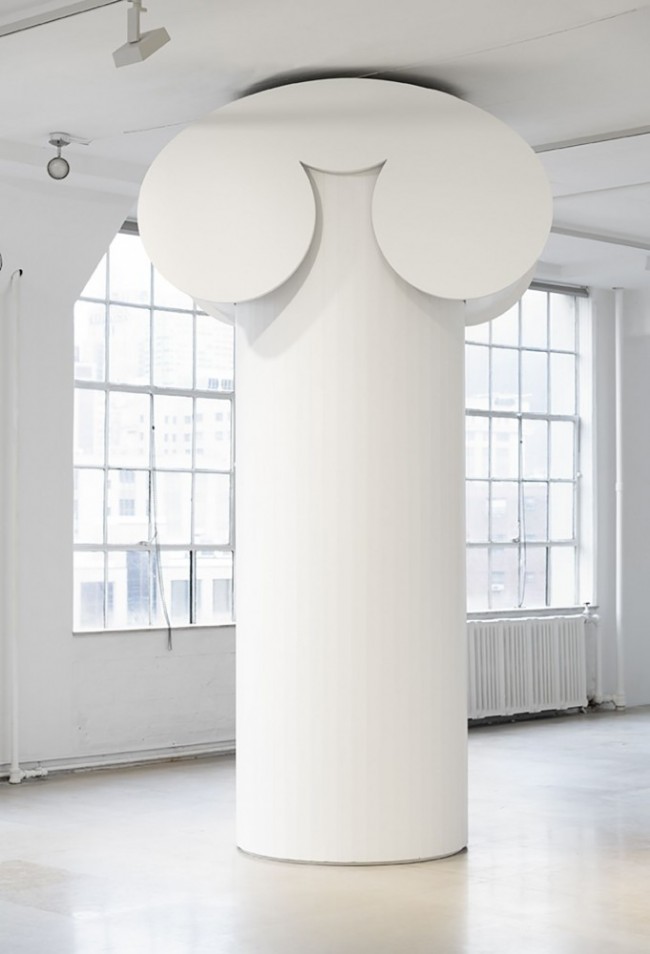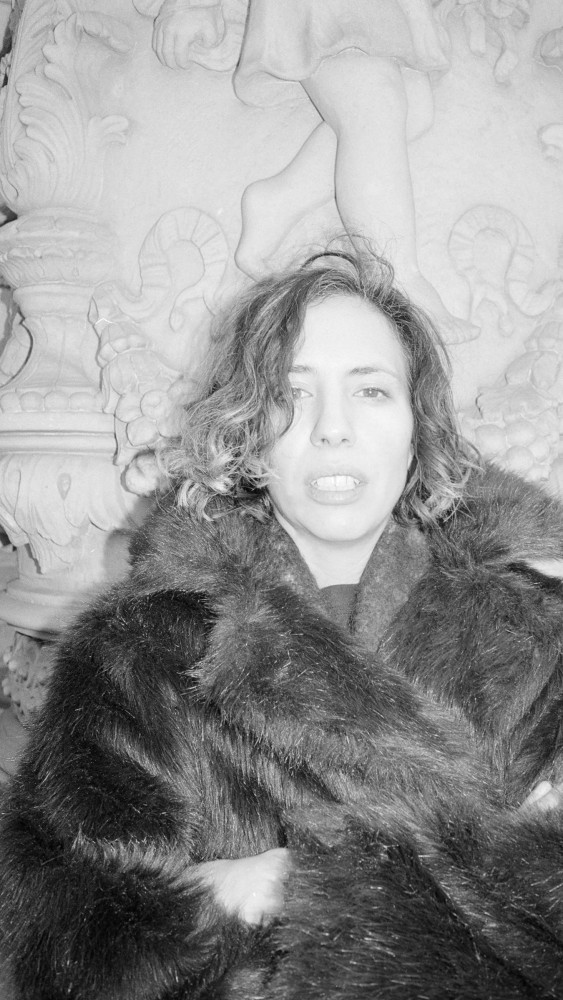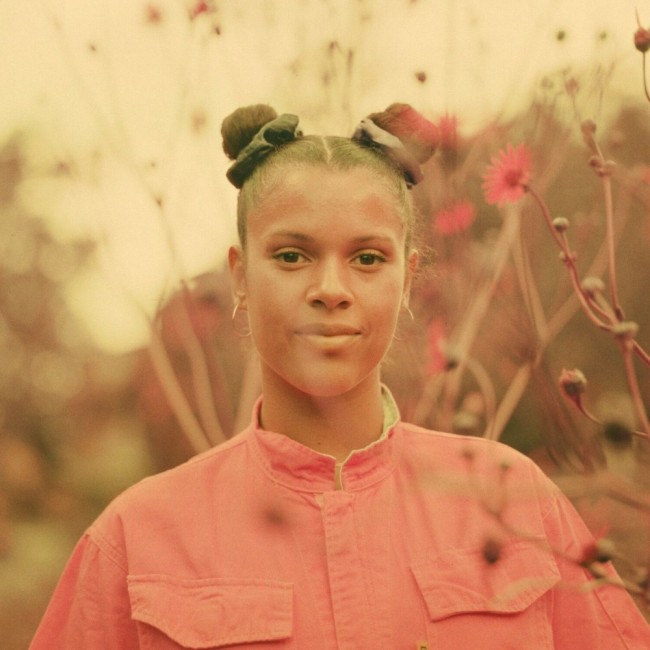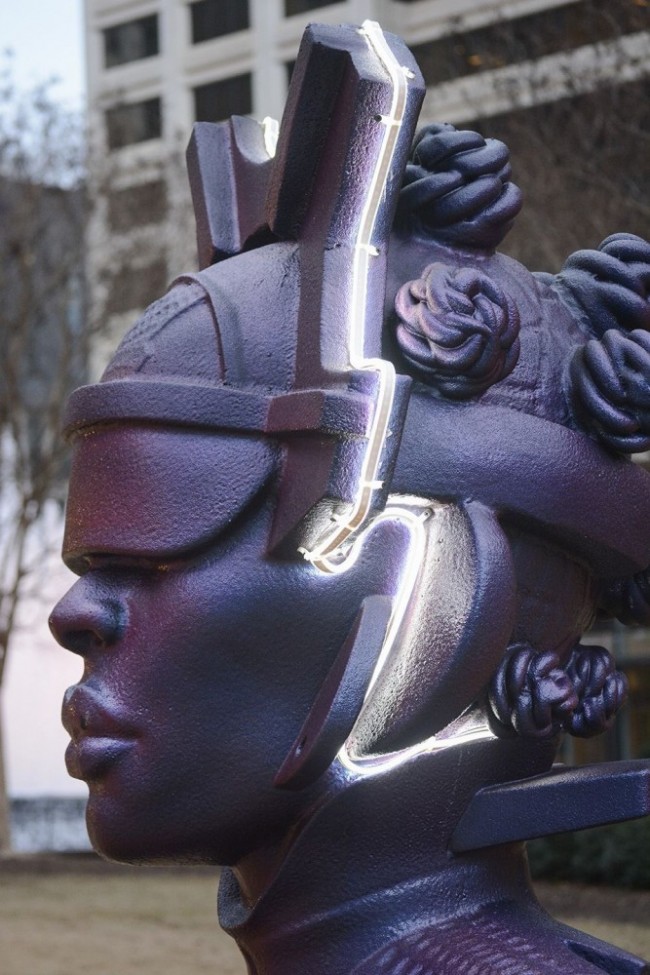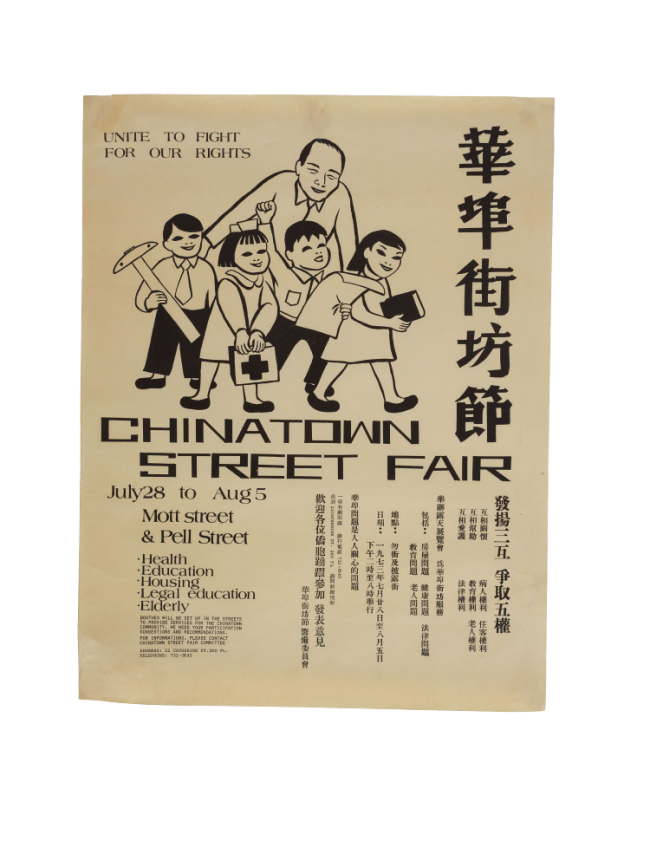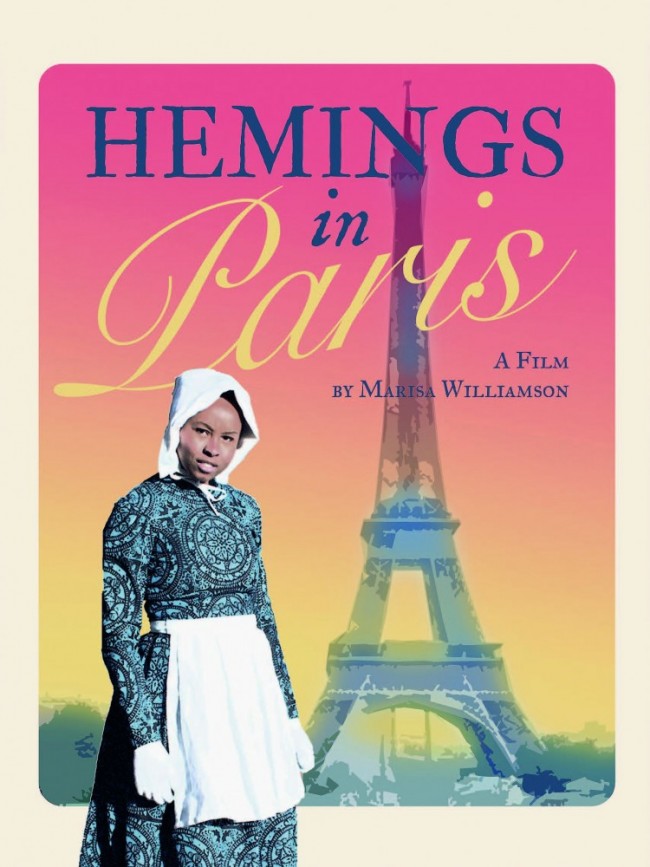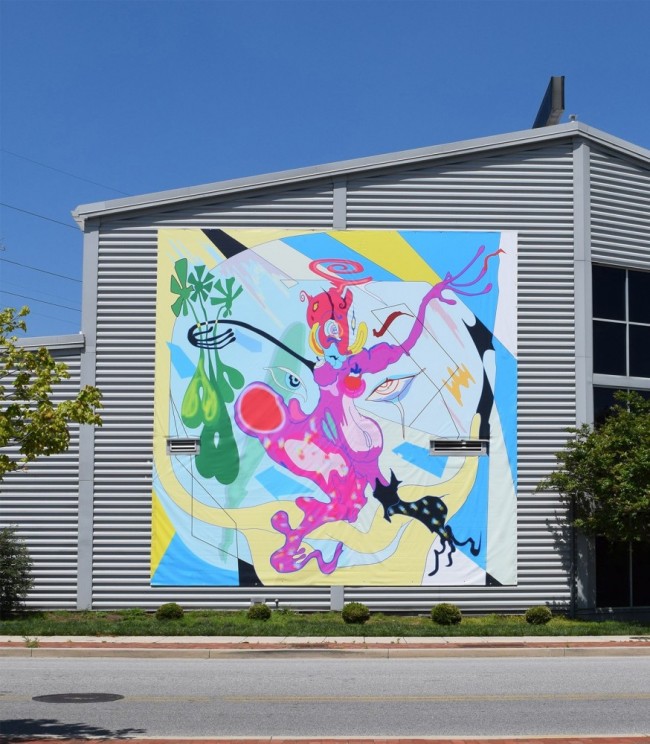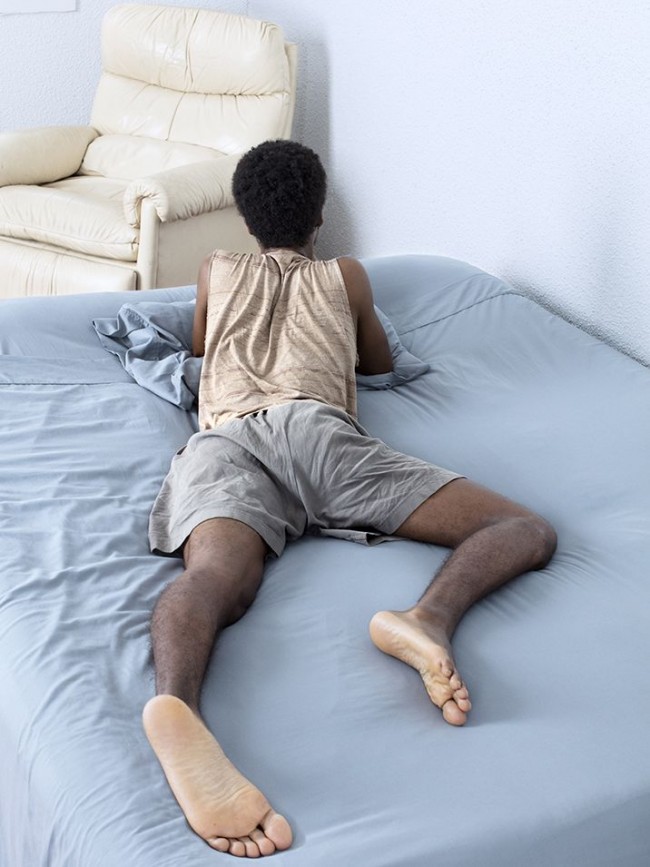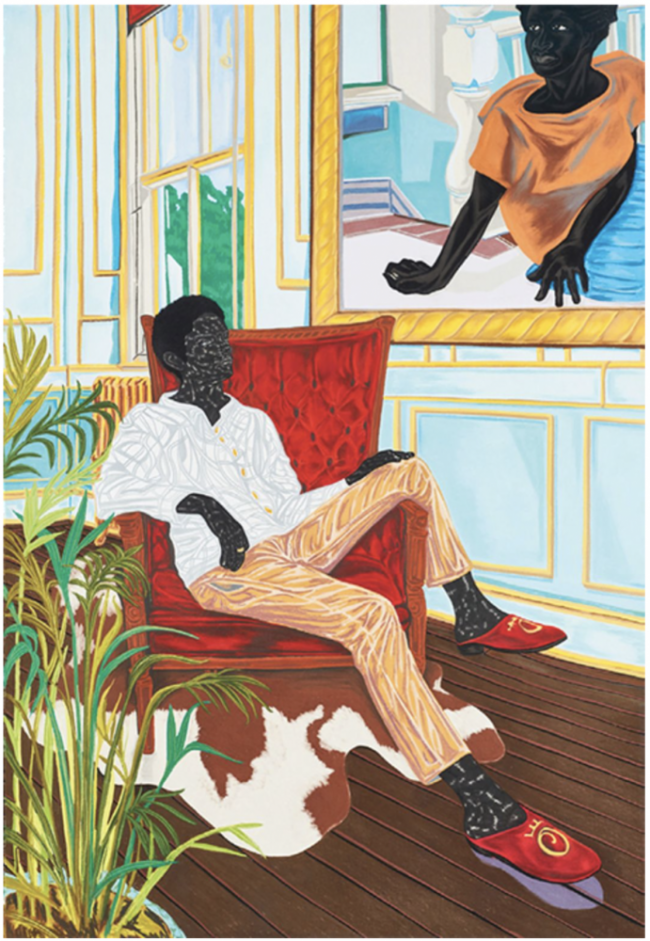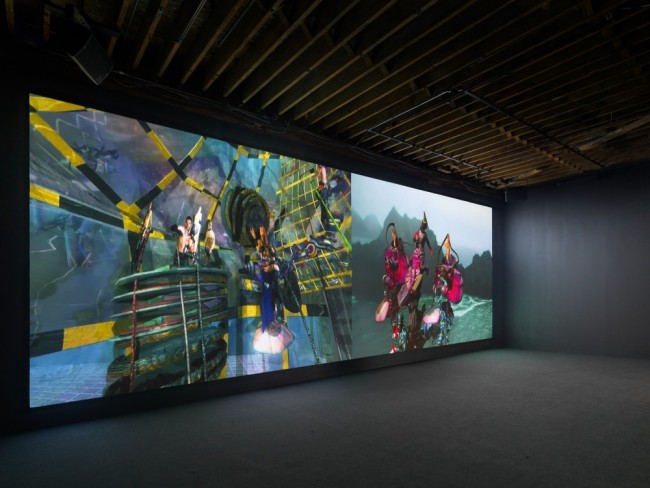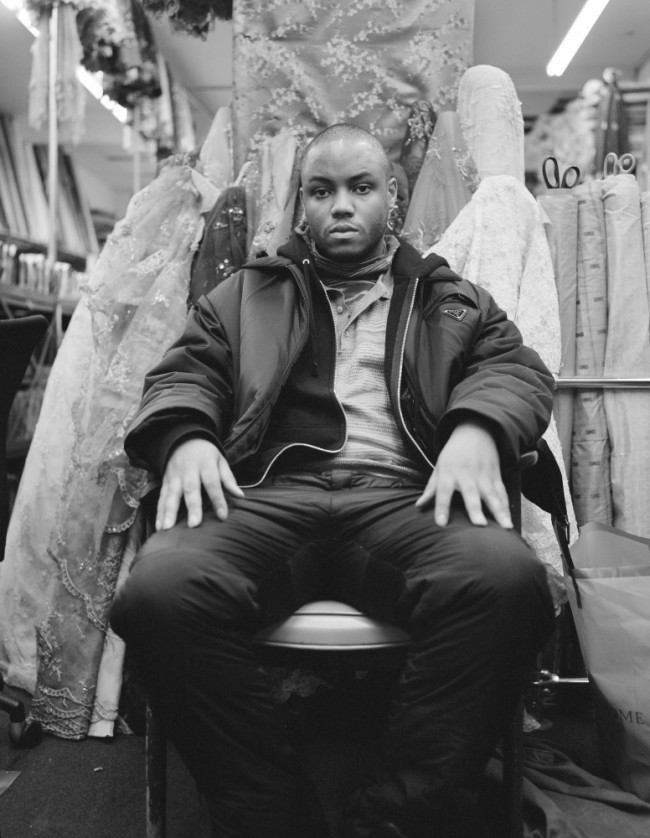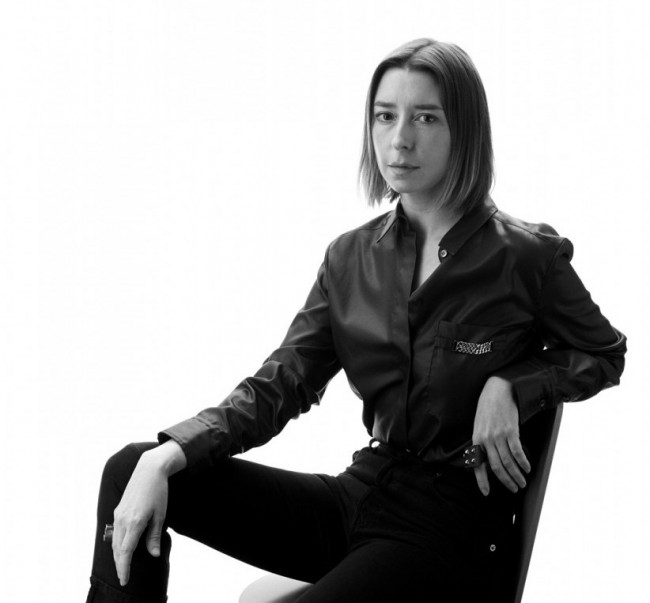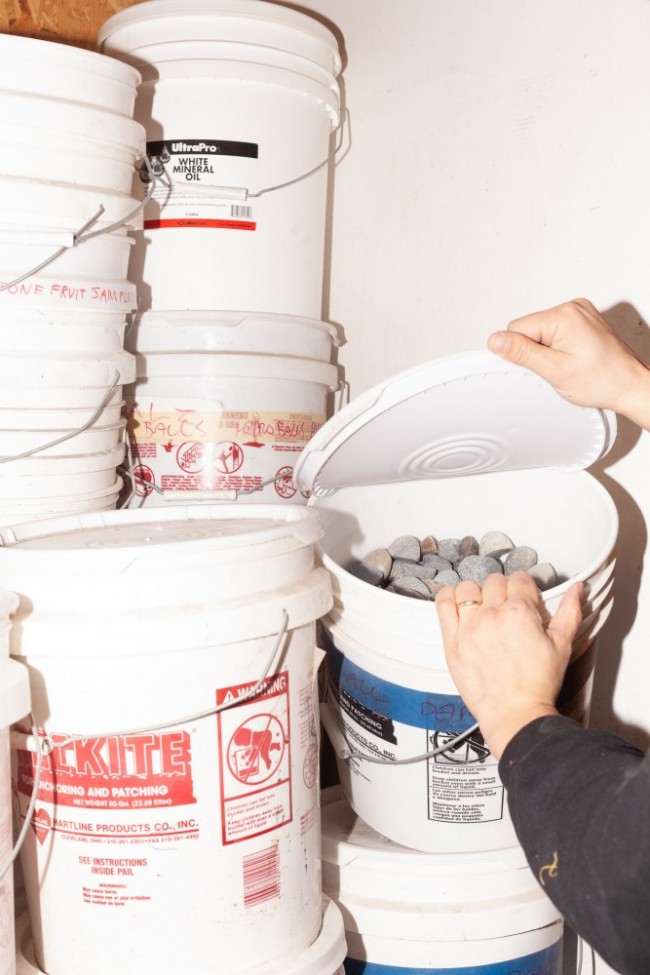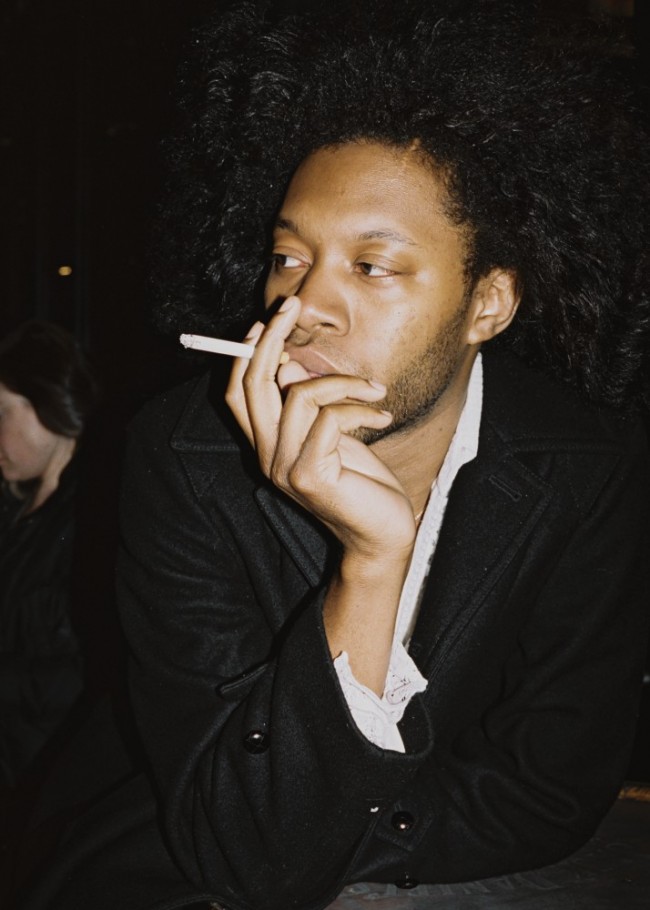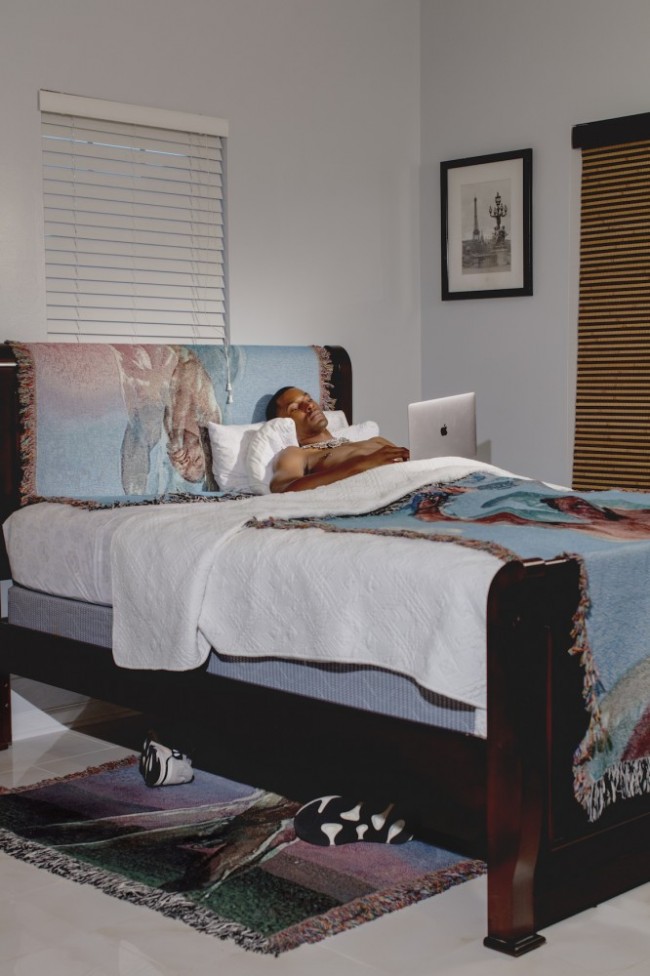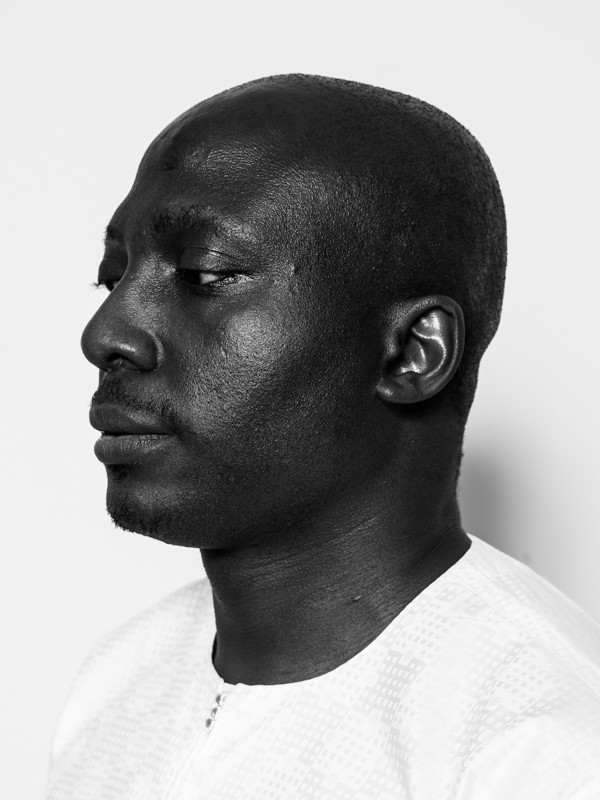INTERVIEW: Artist Sadie Barnette on Swagger, Surveillance, and Sofas from the Future
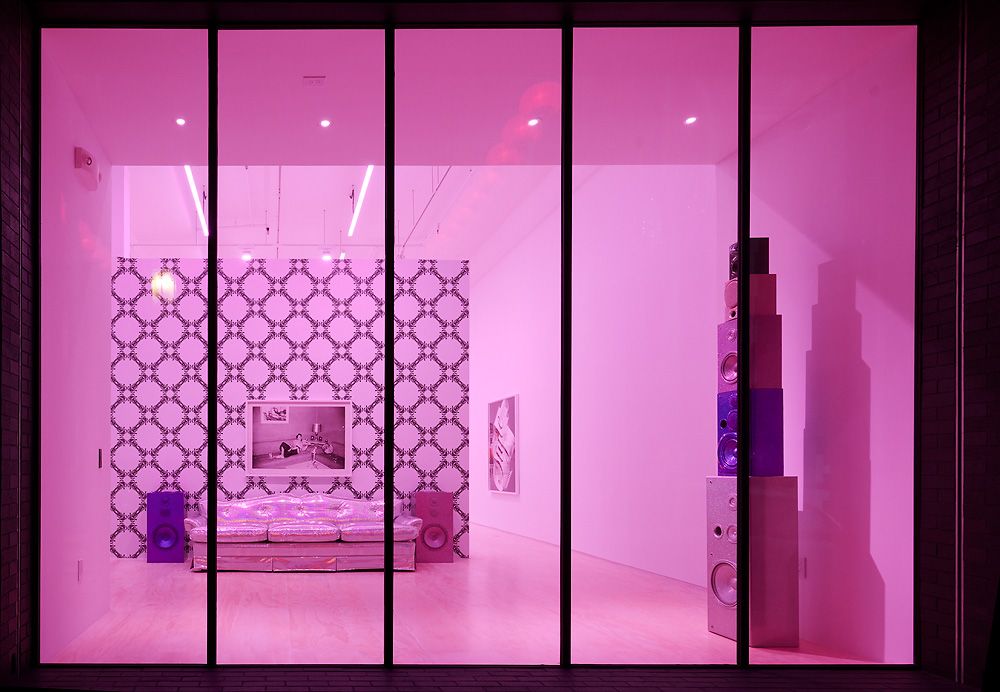
Installation view, Inheritance, 2021, at Jessica Silverman, San Francisco.
Oakland-based artist Sadie Barnette makes work that is born from her family history — a narrative that is both intensely personal and speaks to a legacy of resistance and opposing societal conditions of racism. Her father, Rodney Barnette, is the subject of much of her work. He was an activist, a member of the Black Panther Party, and later the proprietor of the first Black-owned gay bar in San Francisco. Sadie Barnette’s artworks recontextualize and reimagine these histories, working hundreds of pages of FBI reports into liberatory acts and fantastical objects.
This winter, she showed in four exhibitions, including Black American Portraits at LACMA and two solo shows: Sadie Barnette: Legacy and Legend at Benton Museum of Art at Pomona College and Pitzer College Art Galleries in Pomona, CA, and Sadie Barnette: Inheritance at Jessica Silverman gallery in San Francisco. Recently, she was selected by the City of Los Angeles’ Department of Cultural Affairs to create a large-scale public artwork for a new plaza at Los Angeles International Airport, which will read in rainbow terrazzo, “Sister, you are welcome here.” Her latest installation at The Kitchen, The New Eagle Creek Saloon, recreates her father’s bar. The space both archives the original Eagle Creek Salon and inaugurates a new queer community space in the process.
PIN–UP: You’re from Oakland, right? I also grew up in the Bay Area. What does it mean to you to live and work there?
Sadie Barnette: Yeah, I was born and raised in Oakland. It’s one of those places that produces a disproportionate amount of culture and trends — music, dances, politics — considering it’s a small place that’s often overlooked compared to Los Angeles. But there’s something that happens there, whether it’s the history of migration, activism, and organizing — so many waves of culture reproducing and leading to the next thing. All those things infuse my work and my sensibility. There’s also a style and a swagger that goes along with all of that: a combination of these politics and this swagger.
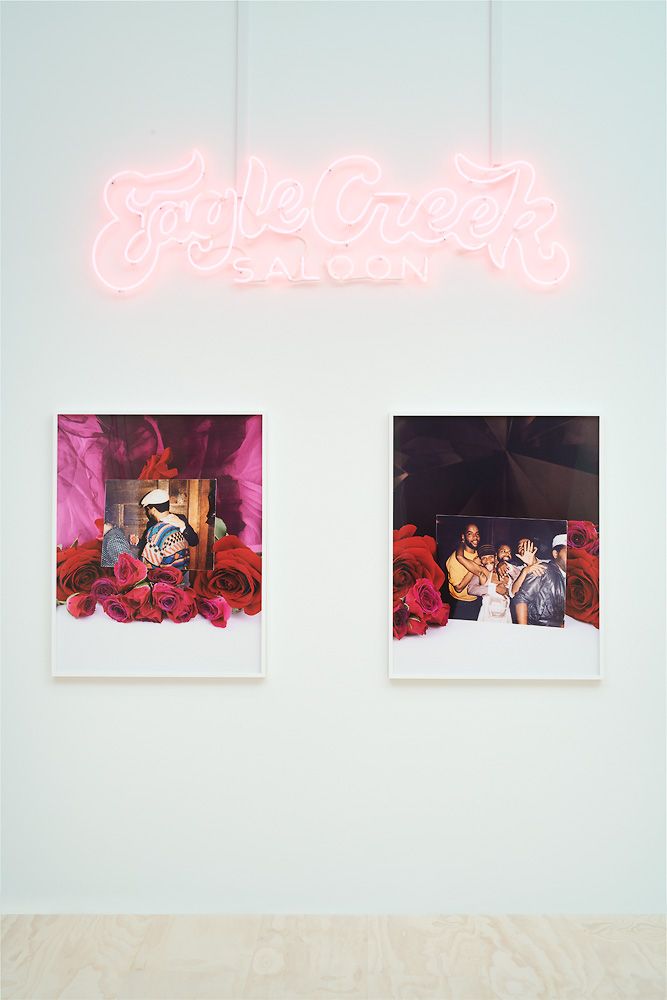
Installation view, Inheritance, 2021, at Jessica Silverman, San Francisco.
How would you describe that swagger?
A lot of it is making your own parameters or measures. A measuring stick for what’s cool. Car culture in Oakland is something that I always gravitated towards. There’s this thing called scraper cars, which is when you take a run down, not super cool car, and make it amazing with a sick paint job, giant rims, and a great sound system. And suddenly, this thing has gone from being ordinary to being extraordinary. And you’re riding through your city, letting everyone know who you are. There’s this conversation of people building and constructing identity and pride and “I am here”-ness out of ordinary materials. I love the over-the-top manicures and gold jewelry, real or fake, and just this pronouncement and shine of being here and being together.
For your two recent shows, Legacy and Legend in Pomona and Inheritance in San Francisco, you drew on your father’s history and your family’s history in a way that is very research driven. In some sense, you operate a bit like an archivist. Where does that impetus come from?
I think it really comes from love, pride, admiration, and my family. I think of it as more of a family historian rather than somebody who’s always been interested in a research-based practice. I’m just the one family member who’s interested in saving all the things or interviewing the elder members of the family. It comes from being that kid at the table absorbing family lore and locating these big ideas within the smaller family history. With the FBI file, there was a moment where you do the research because this thing has arrived and it demands attention, care, and research.

Installation view, Inheritance, 2021, at Jessica Silverman, San Francisco.
There’s a “the personal is always political, the political is always personal” vibration within the work.
It feels personal, but it’s also very collective. I feel that so many other people can see their families in my family, or in the gay bar that my dad ran in San Francisco. Even if they didn’t go to that bar, they have another bar that was that place for them. My father, Rodney Barnette, is a humble guy. He wasn’t the type to talk very much about his time being drafted in Vietnam. He didn’t talk very much about the Black Panthers when I was growing up. There were a lot of painful things that happened at that time, and he isn’t a boastful person that says, “Oh, I was there. I did this. I did that.”
It feels beautiful to be able to have his name and his story folded into some of the official archives or just some of the contemporary conversations that we’re having. He once said, “When you read the history books, you don’t necessarily have to see your name there, but you just want to know that you were there, and you participated.” He doesn’t need his name to be known. Whenever I would tell people that I was doing a project about my dad, who founded the Compton chapter of the Black Panthers, they would always say, “Oh, what’s his name?” expecting to have heard of him. In reality, it was a mass movement. There are thousands and thousands of organizers and activists whose names we don’t know. The point isn’t to make my dad’s name known, the point is to make space for all the names that we don’t know, because it is collective.
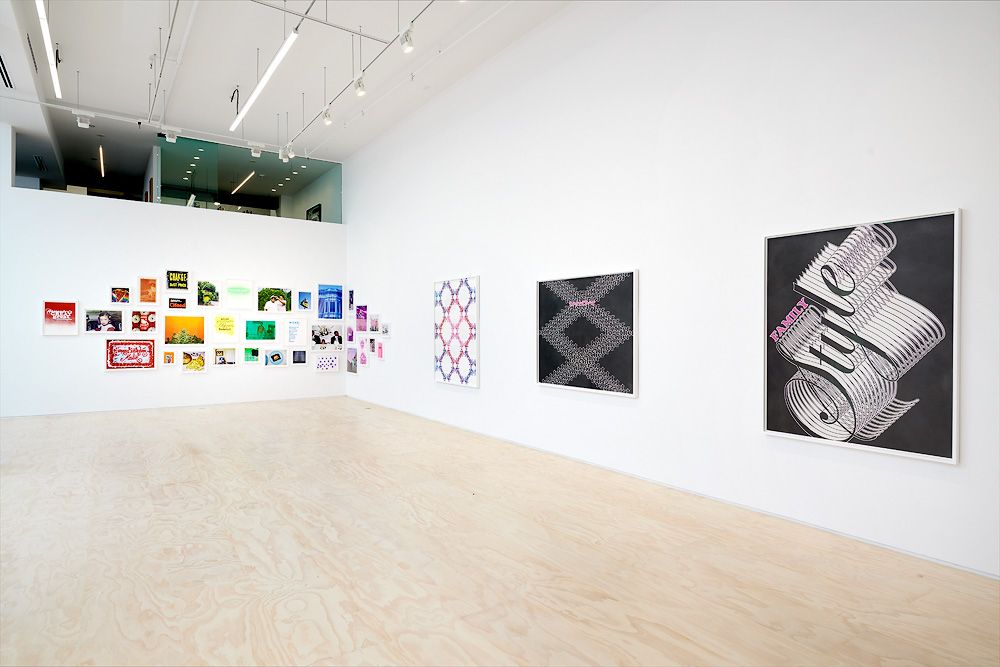
Installation view, Inheritance, 2021, at Jessica Silverman, San Francisco.
Your recent piece, Dear 1968,… is based on the 500-page FBI surveillance file amassed on your father during his time with the Black Panther Party and his time working alongside fellow activists like Angela Davis. Tell me about how the FBI dossier came to you. When did you realize that you needed to make art out of it?**
In 2011, my father decided he wanted to file a Freedom of Information Act request. I can’t say exactly what spurred him on at that moment, but I think his main reason for wanting access to the file was to know what his interaction and experience had been with informants. It took almost five years of writing letters back-and-forth to the FBI before we got the material. It was frustrating that it took so long, but the moment at which it arrived was also significant. It was 2015, 2016. Donald Trump was inaugurated the same weekend of my first solo exhibition showing that work at the Oakland Museum’s exhibition on the 50th anniversary of the Black Panther Party. We were quite surprised to get a 500-page dossier of really intense and intrusive surveillance. Sometimes surveillance can sound like innocuous information collecting, but it’s harassment, it’s intimidation, it’s agent provocateurs, informants at meetings. All his siblings were interviewed or interrogated. The FBI visited his high school teacher in Medford, Massachusetts. I felt it was my inheritance, my duty, or my obligation to turn this file into art — to turn it into something that has the exact opposite intended consequence. So, instead of the FBI silencing my father and his work, I highlighted it and told his story.
For your most recent shows, you took pages of the dossier and enlarged them to 5-feet tall, and drew them in powdered graphite, and covered them in ornamentation, such as roses, bows, and Hello Kitty. Can you talk about the need to embellish these documents?
It comes from a place of trying to reclaim the information, a place of proposing a restorative technology or a type of counter-surveillance. But it’s with Hello Kitty and flowers, tools that are very dissimilar to the tools of aggression or violence, to inoculate that pain. And recognizing that it’s not going to fully work — it isn’t going to fix state surveillance or late-stage capitalism or the world being on fire. Part of it is trying to insert my voice and my authorship into the conversation and retroactively protect this young version of my father, because when I’m reading the FBI files, he’s so much younger than I am now. I want to protect this young man who will then become my father.
-
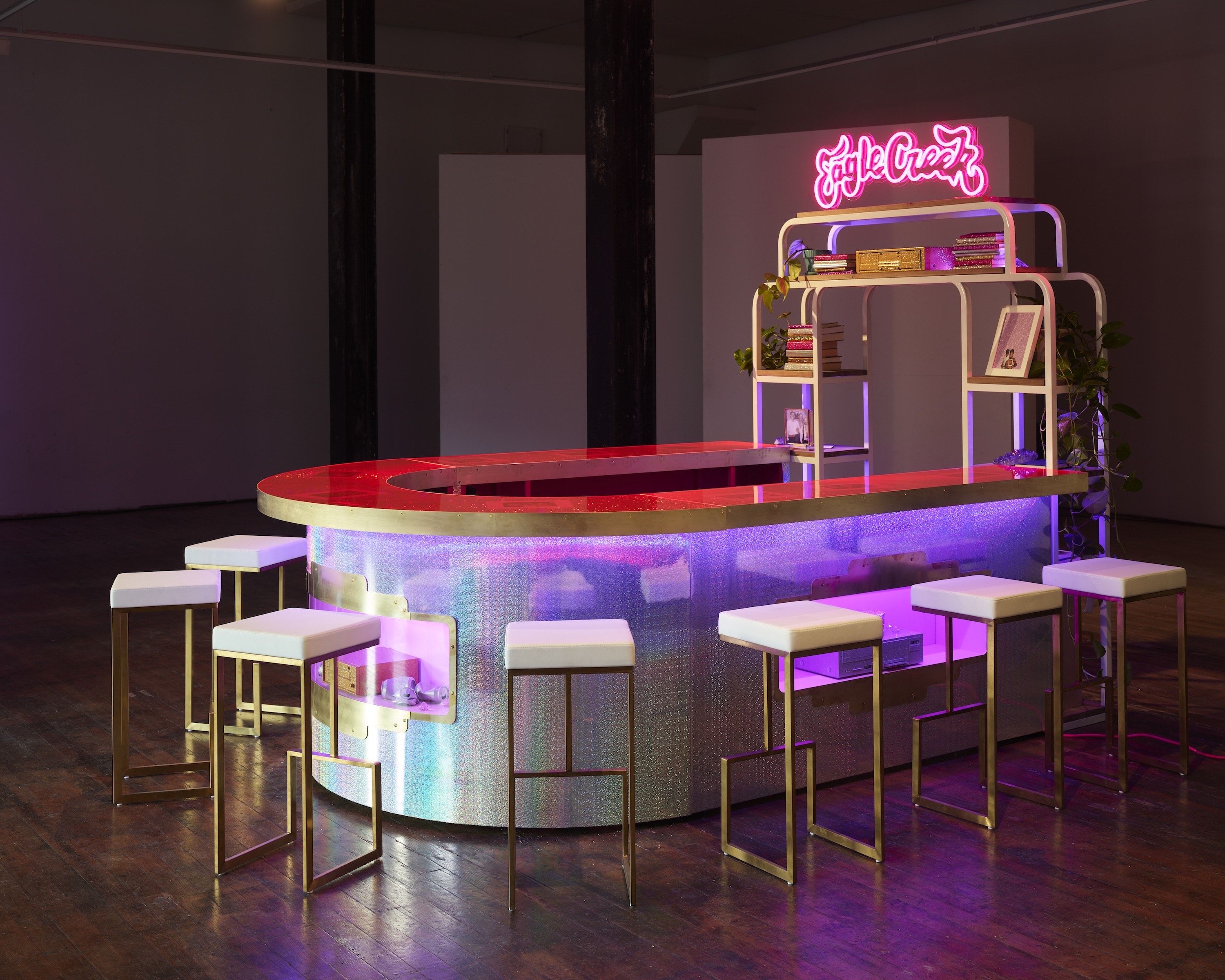
Sadie Barnette's The New Eagle Creek Saloon, her reimagining of her father's original bar. Her version includes potted plants, framed photos, and glitter-covered books.
Photo by Robert Divers Herrick, courtesy The Lab, 2019.
-
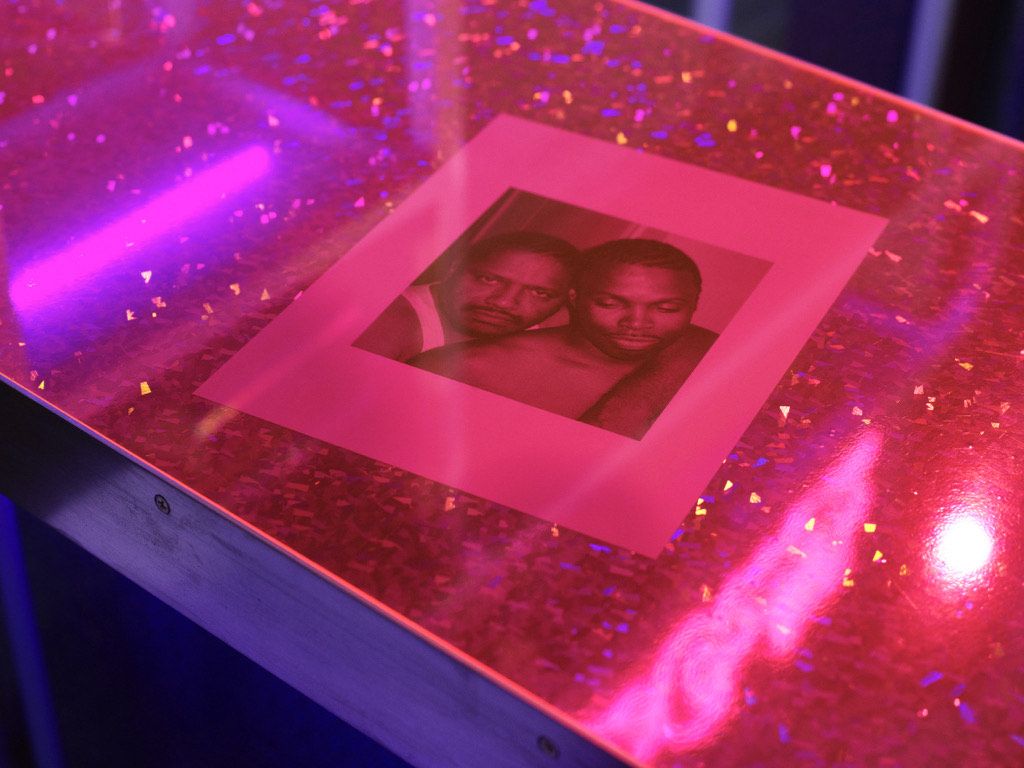
Sadie Barnette's The New Eagle Creek Saloon. Photo by Robert Divers Herrick, courtesy The Lab, 2019.
Your 2019 installation The New Eagle Creek Saloon was just remounted at The Kitchen. It also draws from your father’s history. There’s a sentence in the project description that says the installation, a recreation of the gay bar he owned in San Francisco, the first Black-owned gay bar in the city, where you write that it “goes from sculpture to temple.” I really loved that idea of transformation.
In 1990, my dad had an opportunity to purchase a bar called the Eagle Creek Saloon. He strove to make it an inclusive place, across genders and races. He did this ordinary/extraordinary thing in response to the racism that he and his friends were experiencing in the predominantly white gay bars in San Francisco. This supposed emerging gay Mecca was rife with racism. People of color were often asked for three forms of ID. How they were dressed was policed in different ways than the white clients. They were generally receiving disrespect instead of a cocktail. It was also important to him to have the bar look really nice and be something to be proud of. He said, “If this is going to be the only Black-owned gay bar, it’s got to be beautiful.” He put in a big picture window in the front so that it wouldn’t be a place that you would go to hide, but somewhere that you would go to be proud and to be out and seen.
I always wanted to tell that story because the bar is not known. It’s not in any of the documentaries or archives. I had this moment of realizing that sometimes you can’t rely on archives. You have to make your own. I knew right away that it had to be a fully functional bar and not just an art piece. We invited people to create new moments of connection, community, and flirting. And as far as the aesthetics, it’s completely my language and me dreaming about the bar. I let go of trying to make it look like the original once I realized that there wasn’t a ton of documentation. The point was to make it look how it felt. The best way to make the bar itself was just for me to be my most self self. That’s where you get this mashup of the history, but it also looks contemporary and future-oriented, which is what I think would best serve its history.
It was a Pride float, as well, is that right?
Yeah. When designing the bar in the first place we made sure that it would fit on a flatbed truck so that we could take the whole thing to San Francisco Pride. In 1992, the patrons of the bar demanded that we have this amazing multi-racial community, and they wanted a Pride float. I rode on the float as a six-year-old. We don’t really see that reflected in Pride. So, I wanted to pay tribute to that.
The catalog to the exhibition at the Benton Art Museum includes an essay that references Elizabeth Alexander’s writing on “the Black interior.” Could you speak more about your artworks in relation to Black interiority or Black domestic spaces?
Yeah, for sure. It has to do with locating history within family history and how political moments are experienced from the living room, whether it’s people gathering around watching history unfold on the news or whether it’s heated political debates at the dining room table or mourning the loss of family members. So much of that capital “H” history that we think of as unfolding in courtrooms or on picket lines is also very much unfolding in the living room. That’s one part of it.
Another part of it is claiming some space and telling whoever is close enough to be invited into your home who you are just with your design choices. And thinking about that Elizabeth Alexander essay on Black interiors, there is a sort of elegant theater or altar-making that goes into setting up a beautiful living room space. Particularly that coffee table and the surveillance cameras in Centerpiece (2021). It’s about the relative safety of a living room but knowing that that front door can be broken down by the police and surveillance doesn’t stop at the front door. Safety is relative and there’s a lot that happens outside of the living room: those who are no longer living who you’ve lost to any number of state violence forces, or whole living rooms being lost to gentrification or riots, or recognizing everything that’s at stake and how precarious those living room spaces are.
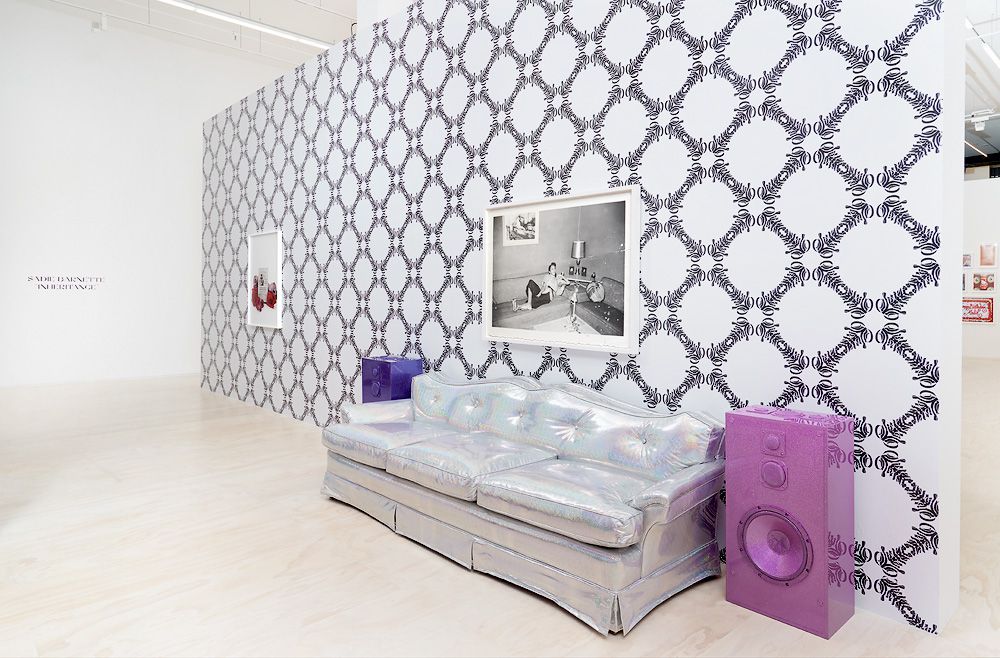
Installation view, Inheritance, 2021, at Jessica Silverman, San Francisco.
What about the iridescent couch? It’s such a magical object.
It has to do with the idea of covering a sofa in plastic, which I was always fascinated by. It’s the idea of preserving it for later, but at the same time, the couch is covered with plastic. You stick to it if you have sweaty legs and it makes that sound when you sit on it. It’s the sort of thing where you’re maybe compromising the present moment for a future when the couch is preserved. I love that sweetness and that gesture, and I was also thinking about how to preserve the beauty of something against messy children and the everyday life that happens around it.
When I arrived at this holographic plastic, suddenly it was this extra-terrestrial, magic, future grandma couch. To me it feels that maybe there’s this other plane or dimension vibrating right underneath all these regular everyday moments. And this plane can only be accessed when humans get over their own challenges. So, these couches are just visiting from this other future where humans have gotten over racism, patriarchy, and war, and are exploring with cool non-extractive technologies and figuring out our highest potentials of magic and freedom. Somehow all of that is in this couch, which we can’t fully understand because we can’t be that yet.
I love that so much. Not only will there be Black people in the future, there will be perfect couches in the future. It’s very Octavia Butler. And it’s so beautiful.
You got it.
Maybe tying it all together, let’s talk about Family Style 2, the piece you created as part of Monument Lab in a storefront in Philadelphia. You displayed a domestic space in public to question what a monument might be. Do you think about the work as a monument?
Yes, definitely. Could a couch be a monument? A couch is soft and meant to support you when you sit on it, but I feel it does so much more than that as far as how it anchors a living room in a space. And so I really did think of this couch as a monument. Putting this couch on a pedestal and then putting it in the window that looks out to the street, I was thinking about being from Oakland and, while I don’t know a ton about what it’s to grow up in Philly, I had a feeling that there are throughlines or connections that would arise if I created this love letter to my family and to family space. I think people are probably going to recognize their own family, even though it’s all the way across the country.
I was glad to hear that it was happening. People were passing by this glowing pink portal in the middle of this business district in north Philly and instantly recognized that this was a strange replica of something that they very much recognized. That connection is what you would hope a monument to be — people recognizing themselves in the monument. It’s actually a monument for them.
Interview by Mimi Zeiger.
Images courtesy of the artist and Jessica Silverman, San Francisco.

